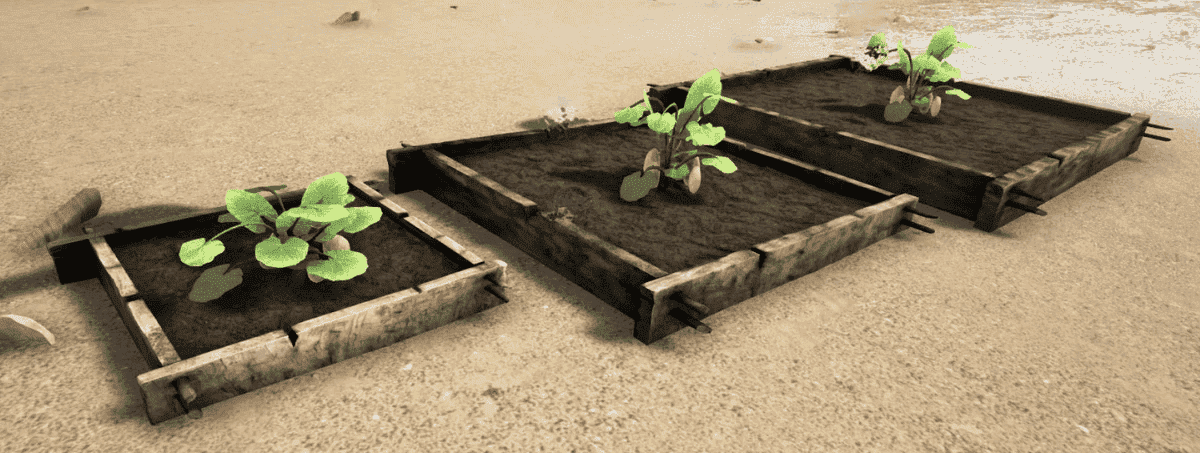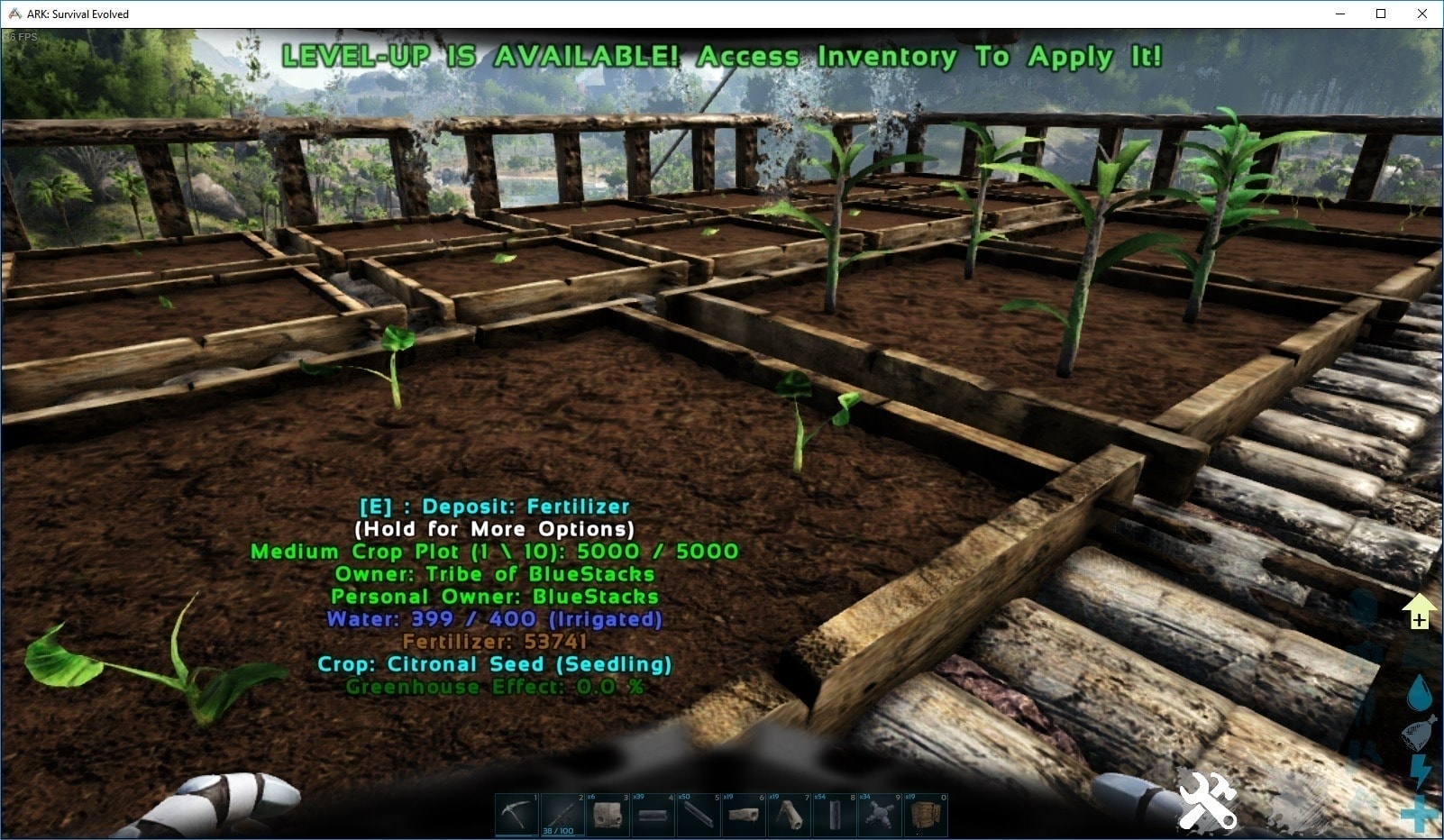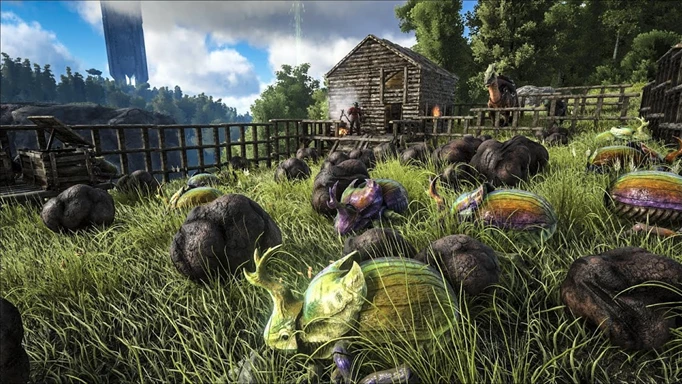
ARK: Survival Evolved - A Complete Farming Guide
Unlock the secrets of sustainable survival in ARK: Survival Evolved with our in-depth farming guide, blending in-game data and hands-on actions to help you establish, optimize, and expand your thriving prehistoric oasis.
Introduction
In the vast and unforgiving landscapes of ARK: Su rvival Evolved, mastering the intricacies of farming is thekey to sustainable survival. This comprehensive guide provides a hands-on approach, utilizing in-game data and actions to walk you through the process of establishing and optimizing your own farm, covering everything from obtaining seeds to creating rich fertilizer for bountiful harvests.
Establishing Crop Plots
Begin your farming venture by crafting a Crop Plot. In the crafting menu, you’ll find various sizes of crop plots, ranging from small to large. The small crop plot is suitable for limited spaces, while the large crop plot allows for extensive farming. Craft the one that aligns with your survivor’s needs and available space.

Obtaining Seeds
Acquiring seeds is the starting point of your agricultural journey. While exploring the ARK, harvest plants like berries and other vegetation to obtain seeds. Keep an eye out for rare and valuable seeds in loot crates scattered throughout the landscape. Different plants yield different seeds, offering a variety of resources for your farm.
You can obtain seeds by harvesting various plants and vegetation found throughout the game world. As you explore different biomes, look for plants like bushes, flowers, and other greenery. Use a tool, such as a pick or axe, to gather resources from these plants. In the process, you’ll collect a variety of items, including seeds.
Planting and Tending to Crops
Plant the obtained seeds in your crop plot by accessing its inventory. Ensure the plot is irrigated and receives adequate sunlight for optimal growth. Each crop has specific requirements, so pay attention to the tooltips when placing and tending to your plants. Regularly check the water status and provide fertilizer as needed.

Fertilizer and Its Types
Fertilizer is essential for enhancing crop growth and yield. In the crafting menu, you’ll find various types of fertilizer, including basic human feces, compost bins, and dung beetles. To collect human feces, your survivor can defecate by pressing the assigned key. For more advanced fertilizer, consider crafting compost bins and utilizing dung beetles.

Crafting Compost Bins
To create a sustainable fertilizer source, craft compost bins. These bins convert thatch and other organic materials into compost, a potent fertilizer. Place thatch, spoiled meat, and other organic items in the compost bin inventory. Over time, the compost bin will produce high-quality fertilizer, enriching your farm’s soil.
Optimizing Fertilizer Usage
Efficient fertilizer usage is crucial for maximizing crop yields. Access the crop plot’s inventory and apply fertilizer to individual plants. Keep in mind that each crop type has a specific time interval for fertilizer consumption. Use the ‘Fertilize All’ option when multiple plots are in close proximity to streamline the process.
Farming Mistakes to Avoid
Avoid common farming mistakes to ensure a thriving agricultural operation. Neglecting water sources, mismanaging fertilizer supplies, and ignoring plant-specific requirements can hinder your farm’s success. Pay attention to the tooltips and monitor the status of your crops regularly to prevent these common pitfalls.
Expanding Your Farm
As your survivor progresses, expanding your farm becomes essential for sustaining your growing needs. Utilize the knowledge gained to create specialized farming zones, each catering to specific resource requirements. Diversify your crops to maximize resource yield and establish a self-sufficient agricultural hub.
Conclusion
By integrating in-game data and actionable steps, this farming guide empowers you to create a thriving oasis in the midst of ARK’s prehistoric challenges. From crafting crop plots to optimizing fertilizer usage, every step is grounded in the practicalities of the ARK environment. So, venture forth, cultivate your fields, and forge a path to sustainable survival in the untamed wilderness of ARK: Survival Evolved.
your hosting partner
RocketNode offers fast and affordable game and VPS hosting solutions on reliable and efficient hardware with AMD Epyc architecture and NVME storage to assure high performance.
See games & pricing
